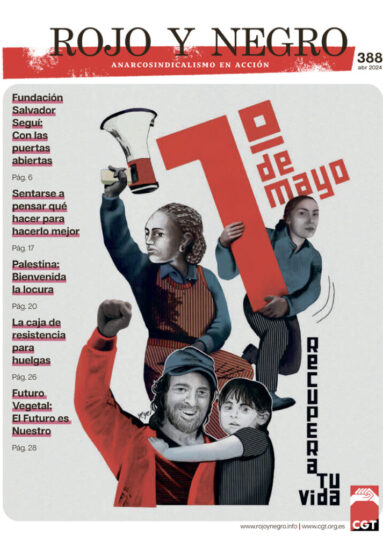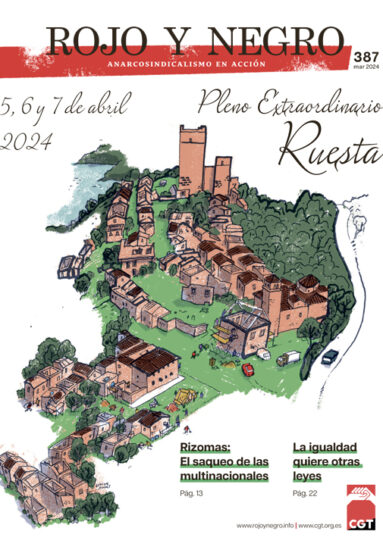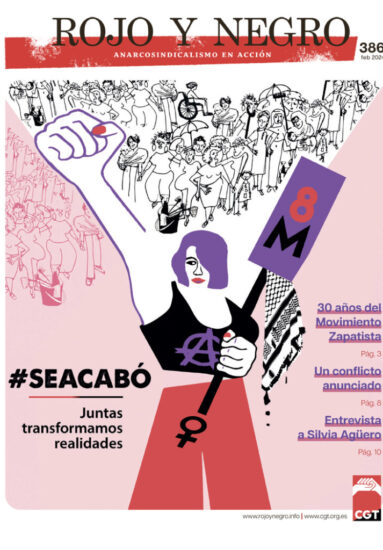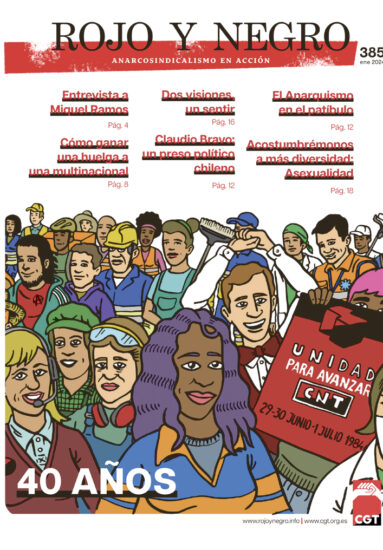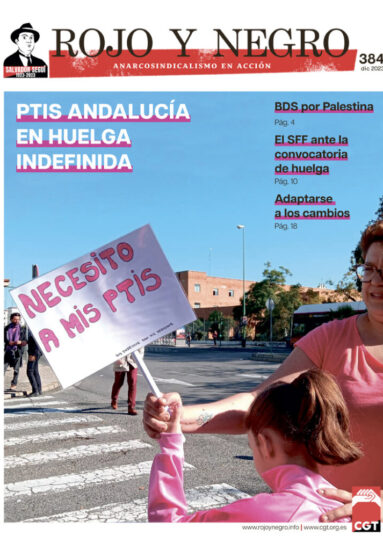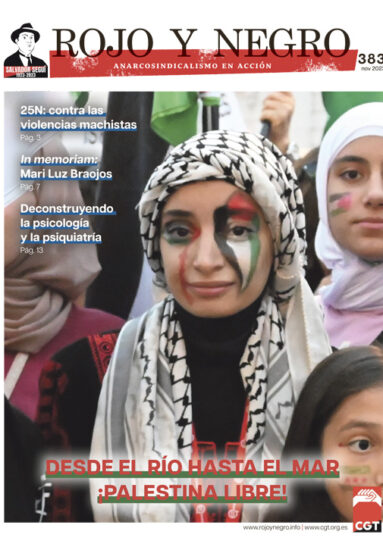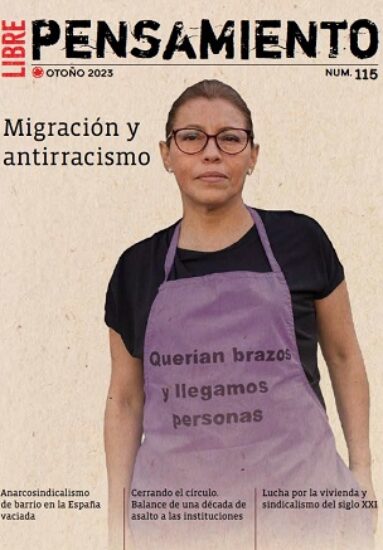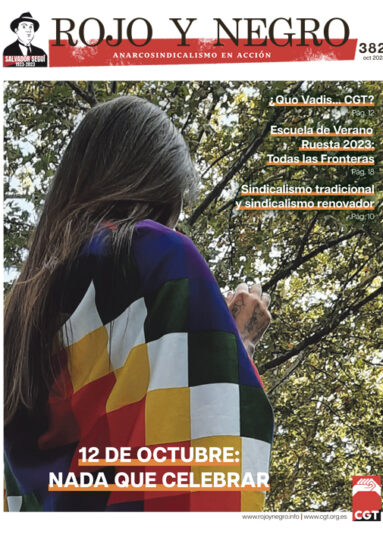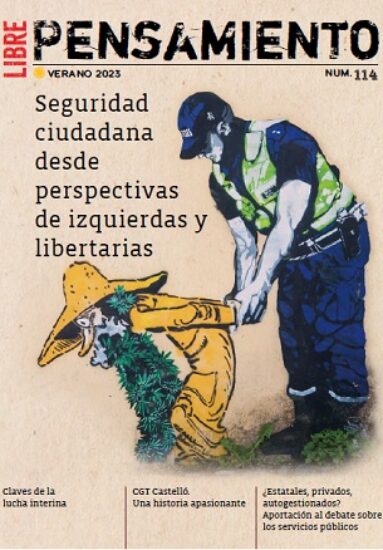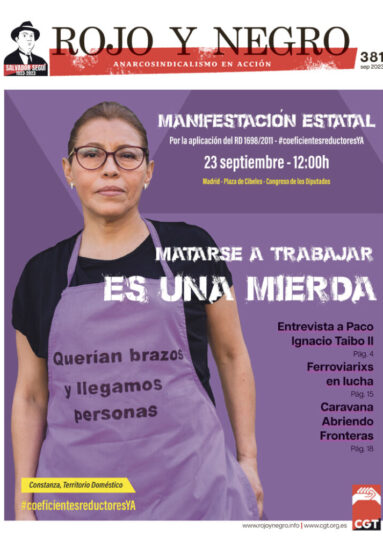Invitation
Please accept this invitation to the opening of an exhibition to commemorate the 70th anniversary of the outbreak of the Spanish Civil War ‹ and the year of homage to the countless victims of fascism.
Invitation
Please accept this invitation to the opening of an exhibition to commemorate
the 70th anniversary of the outbreak of the Spanish Civil War ‹ and the year
of homage to the countless victims of fascism.
The Exhibition : Red Years, Black Years
Woodcuts by Helios Gómez and poster art of the Spanish Revolution and Civil
War, presented on the 70th anniversary of the Spanish Civil War in homage to
the victims of Francoism
VENUE : The Dragon Bar, 5 Leonard Street, London EC2
Nearest Tube, Old Street
Time : 7.30 pm, Wednesday 19 July
POSTERS :
With the legalisation of socialist and anarchist groups after the
Popular Front victory in the 1936 elections, Helios Gómez and other artists
of the Els Sils group founded the Sindicat de Dibuixants Professionals, the
Union of Professional Designers. It was this group which was to launch the
agitprop poster movement of the Revolution and the Civil War, even while
the fighting was still going on in the streets of Barcelona. Members of the
Sindicat met with popular militia representatives and occupied a palace that
had belonged to an aristocratic family, turning it into a production centre
for artists who came to work, voluntarily, on the production of anti-fascist
propaganda. The images were first drawn in gouache or distemper on large
sheets of paper, then taken to the collectivised print-shops where they were
reproduced on a lithographic plate and printed using four-colour offset.
Occasionally artists would draw directly onto the plate. Other techniques,
such as photomontage were also used.
Helios Gómez : 1905-1956 :
Gómez¹s woodcuts of the Asturian uprising were made in October and
December 1934, on board the prison ship Uruguay, moored in Barcelona
harbour, where he was being held prisoner for his part in the uprising that
year. He also produced work for many publications as well as paintings on
the war. On 19 July, 1936, Gómez again took to the barricades in the
defence of Barcelona and joined the Aliança d’Intel·lectuals Antifeixistes
de Catalunya (the Catalan Alliance of Antifascist Intellectuals). In 1937 he
was cultural delegate in the anarchist 26 th Army Division (formerly the
Durruti Column), and designed the masthead and artwork of the Division¹s
newspaper, El Frente. He also organized the homage to Durruti exhibition in
Barcelona that year.
At the end of the war, he went into exile in France where he was interned
successively in the Argelès-sur-mer, Bram and Vernet concentration camps
in the Ariège, and then deported to the French camp in Djelfa (Algeria),
between February 1939 and May 1942. Returning to Barcelona in 1942, he
founded the short-lived group LNR (Liberación Nacional Republicana,
Republican National Liberation) and the Casa de Andalucía (the House of
Andalucia). In 1948, he exhibited works in a surrealist style in Barcelona¹s
Arnaiz gallery, and painted murals for a number of venues, including the
Colon jazz club and the San Jaime University Hall of Residence in
Barcelona. Arrested by the Francoist secret police in 1945-46, he was
rearrested in 1948 and held in Barcelona¹s Modelo prison until 1954. While
he was in the Modelo he painted the oratory known as the Capilla Gitana. An
order for his release had been signed in 1950, but he remained illegally
detained by the Francoist authorities for four more years. He died in
Barcelona in 1956, two years after his release.
Fuente: Stuart Christie


